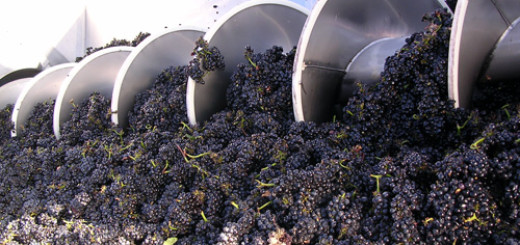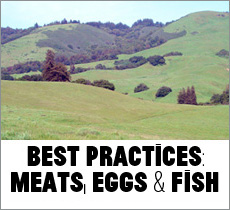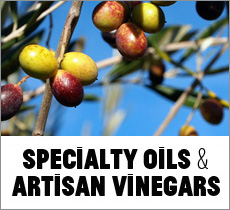New World Pinot Noir
From a winemaking perspective, Pinot Noir is in the midst of an exciting transition between traditional Burgundian approaches and new world innovations that help winemakers produce high quality and unique wines. New world winemakers are now beginning to understand how to make the best Pinot Noir from their vineyards rather than simply trying to emulate Burgundy.
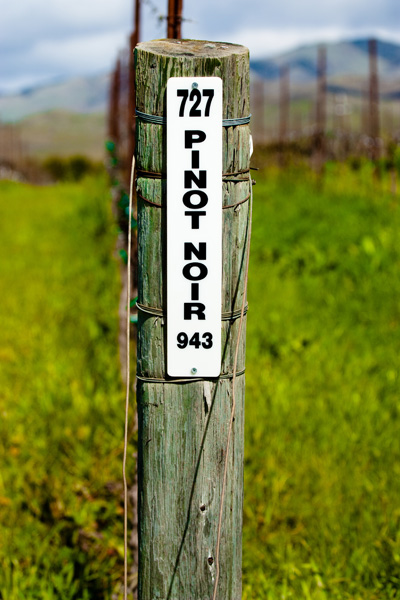
Pinot Noir in Chamisal Vineyards
These winemakers have developed new techniques for fruit handling, vinification and aging that are better suited to the character of the fruit they grow. The resulting wines continue to improve in both quality and style, although the style that has developed bears no resemblance to traditional Burgundy Pinot. Many Burgundians have adopted some of the techniques pioneered by new world Pinot winemakers as we’ve raised the bar in terms of the quality and expression of this incredible grape.
Growing up in New Zealand and making wine both there and for the last six years in California has definitely exposed me to the two hemispheres of Pinot Noir. I’m in a unique position to observe how distinctly different styles of Pinot emerge from wine producing regions in the northern and southern hemispheres. This is indicative of the grape itself, which expresses terrior more strongly than almost any other varietal. Pinot Noir grown in one area can simply not be made to taste like Pinot from another area.
New Zealand Pinot Noirs range from the high-tone red fruit of Central Otago to the dense, earthy complexity of Martinborough. These differences relate in part to the soils but the climate exerts the greatest power on the fruit. Central Otago has a short but intense summer, which gives a ripe, sweet, red-fruit character. Martinborough, on the other hand, has a much more moderate maritime climate with a longer, cooler growing season, lending itself to darker fruits and more complexity. The other main Pinot regions of Marlborough and Waipara fall in between. Likewise in California, distinctly different Pinots emerge from different regions up and down the coast. Certain appellations, however, share some similarities. I frequently liken Edna Valley to the Santa Rita Hills or the Santa Lucia Highlands, I surmise, due to the coastal influence in these three areas.
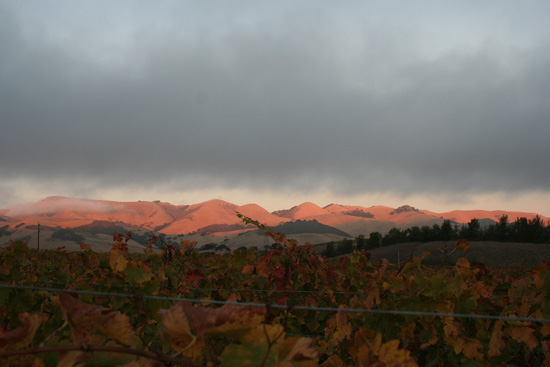
Sunset on Edna Valley hills
One exciting thing about Pinot right now is all the single vineyard bottlings that really showcase terrior. In a sense, the winemaker helps the vineyard emerge from the glass. Sure, we can make a blend from multiple vineyards that may be a great wine, but something about the purity of flavor in a single vineyard wine really appeals to those who love to create and enjoy this “holy grail” of wines.
Fin du Fresne is Winemaker at Chamisal Vineyards in the Edna Valley AVA
This article first appeared on colorandaroma.com
photos: Chamisal Vineyards

